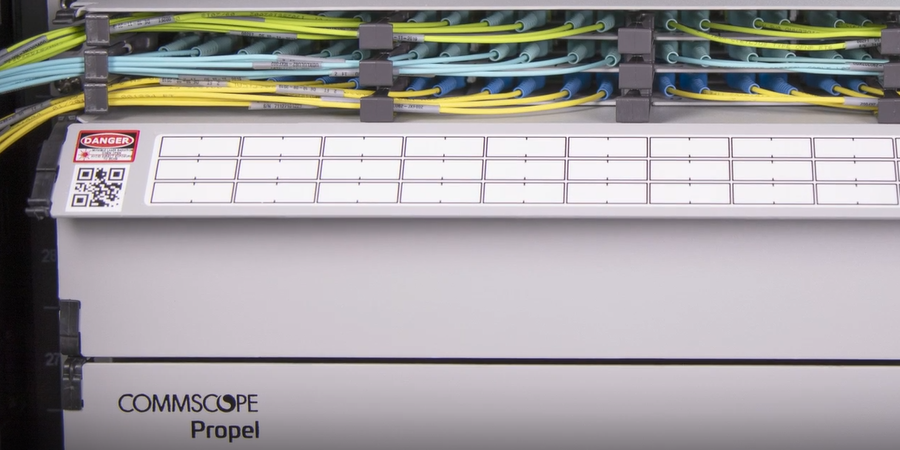CommScope introduced Propel, a high-speed fiber platform designed to help data center managers respond to the exponential increase in demand they are experiencing for computing power.
Propel introduces 16-fiber cabling to support the fast-growing 400 Gbps and 800 Gbps speeds, as well as emerging 1.6 Tbps speeds. This enables leading-edge network architectures to deliver greater capacity to end devices with increased efficiency, saving time and energy while also greatly reducing the cost per gigabit.
This new technology facilitates the migration to terabit speeds, by providing reliable connectivity and robust network infrastructure that aligns with rapidly emerging data center applications, enabling faster, more efficient access to data.
Moreover, Propel modules are available in four different interchangeable sizes (8, 12, 16, and 24) with matching cable constructions to easily scale applications with system architectures. All components are ultra-low loss for optimal performance and have a specific QR code for performance tracking and online instructions.
“Over the past few years, we have witnessed extraordinary technical advances and a rise in computing devices that connect to the real world. Data centers are key assets in the data-driven economy and it’s critical that the industry pay attention to energy usage and space requirements as we move toward terabit speeds,” said John Schmidt, senior vice president, CommScope’s building and data center business. “CommScope’s Propel solution was engineered to ensure data center operators can maximize existing infrastructure investments while preparing for future applications in a smarter and more efficient manner.”
Data center demands have soared as workers, students, nurses, businesses, local communities, and government agencies have moved to cloud computing, streaming services, and AI applications. The industry continues to respond to an increase in economic life online by building new data centers and investing in ways to dramatically increase data center capacity.










